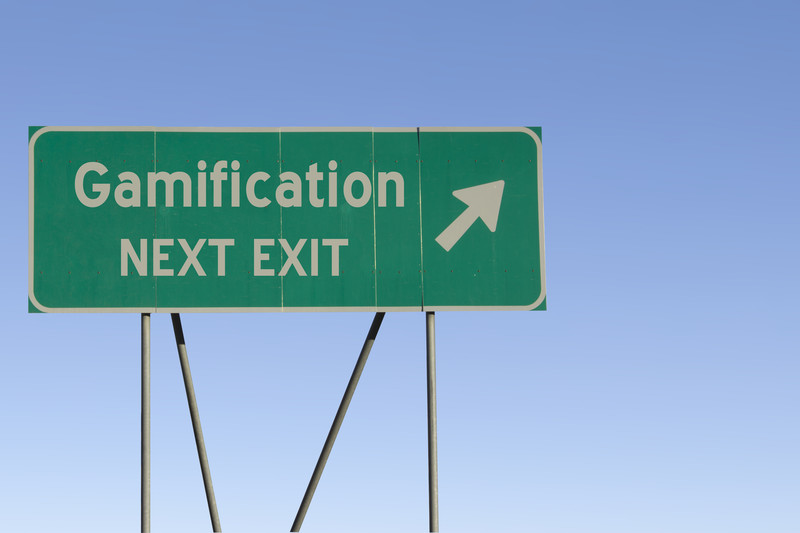Gamification is a new buzz word in conference planning circles. This buzz, however, is more than just a phrase. It has real teeth. Not only can you increase participant involvement and satisfaction, there are innovative ways to measure the ROI of a trade show or conference, and major gains to be made if you introduce gamification to your next event.
The rise of smartphones has spearheaded the rise of event gamification. People are accustomed to playing games, often obsessively, on their phones. Smart conference planners are taking advantage of this; they are creating a variety of event games and activities centered on the smartphone.

For some conferences, there are leaderboards with prizes awarded to participants who answer questions about sessions. These questions are uncovered in the exhibition area by scanning codes at various booths. In other cases, it’s a scavenger hunt during which attendees take Instagram photos of selected items or people throughout the event. Some conferences have offered points for social interactions, such as feedback on sessions and presentations. The feedback can be tied to standard social media like Twitter and Facebook. Games can be tailored to particular presentations in order to increase speaker interaction during the lecture. Extra post-session activities can also be added. With current mobile capabilities, you can build games that get participants to work together or to compete. You can dream up exciting challenges that will create a lasting event experience. Just a small giveaway each day, or perhaps a larger prize given to a winner at the end of the conference, does wonders to garner participation.
Presenters see increased audience involvement and make contacts within and outside the lecture hall. Sponsors benefit from gamification as well. Many games are structured to drive traffic to the booths and increase interaction with exhibitors. Sponsorship can also be a part of the game itself, raising brand recognition. The fun of the game helps to produce a general, open and interactive feeling. To the sponsors, this often translates to increased face time.
The event planners also gain a lot from this trend, and not just from the increased participant engagement. Planners can gather a lot of hard data metrics about participant behavior. We all know that data is king. With the right data, you can adjust the conference experience to precisely suit your attendees.
As a baseline, you can find out how many of the attendees participated and the time periods of high and low activity. You can see which activities were the most popular, and you can get real time feedback on the speakers and presentations. How many people visited each exhibition booth? You can find that out, too. You can even determine which attendees were most influential at the conference by tracking the social interaction graph of the games. The types of devices used is also available. All of this data is invaluable for both planning and marketing purposes.
To get the most out of your gamification effort, you do need to plan ahead. Decide what types of games best suit your event, choose the behavior that you want to encourage and determine what kind of data you really want to collect. If planned well, gamification can enhance the conference experience while providing you with incredibly useful data about the behavior patterns of your attendees.
Mobile Gamification Of Events And Conferences = Fun & ROI
